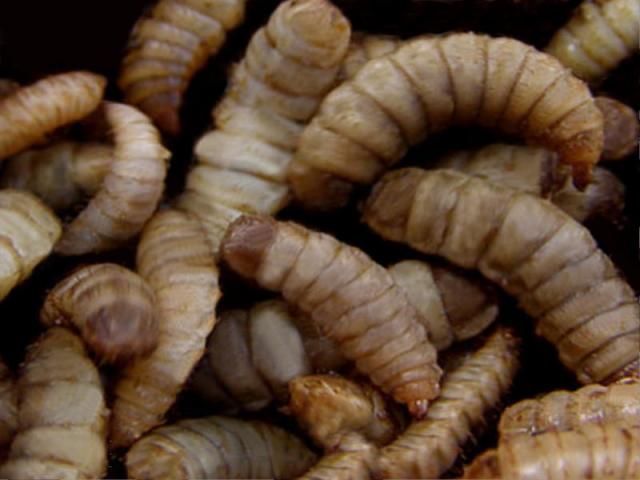Gangrene is tissue death caused by a lack of blood supply or significant bacterial infection. Gangrene typically affects the arms, legs, toes, and fingers. It can also arise in the muscles and internal organs, such as the gallbladder. But how can fly larvae treat gangrene?
Because they feed on dead and infected tissue but leave healthy tissue alone, certain fly larvae are suitable for treating gangrene. Many people, however, are hesitant to pursue this form of treatment due to its nature.
The Larval Debridement Therapy
It may be possible in some circumstances to remove the dead tissue without doing traditional surgery by using larval debridement therapy, also referred to as biosurgery.
Certain fly larvae are perfect since they feed only on sick and dead tissue, leaving healthy tissue alone. They also aid in the prevention of infection by releasing chemicals that promote healing and kill bacteria.
In a lab, specially bred maggots are produced using eggs that have been given a bacterial-removal treatment. The larvae are applied to the wound and wrapped with gauze, then covered with a complicated dressing to keep them there (and out of sight). The bandage is removed a few days later, and the larvae are extracted. (Source: Mayo Clinic)
What is Amputation?
Amputation may be an option in extreme gangrene instances where an entire body part, such as a finger, toe, or leg, is afflicted, and debridement is unlikely to be helpful.
Amputation can be done to remove a badly damaged limb so that a prosthetic (artificial) limb can be placed and stop gangrene from spreading to other areas of the body.
A decision to amputate will only be taken following a thorough conversation between you and the medical specialists caring for you unless immediate emergency treatment is required. (Source: Mayo Clinic)
Infection Treatment
Antibiotics, administered as tablets or injections, are typically effective in treating gangrene brought on by an infection.
In most cases, if you require surgery or have a severe infection, you will require injections. Antibiotics can be administered in larger quantities and are more likely to reach the affected area when injected straight into a vein.
You may also require blood transfusions to speed up the healing process and combat the effects of infection. Intravenous fluids and nutrients are also needed. (Source: Mayo Clinic)
Redistribution of Blood
Surgery may be used in some circumstances to reestablish blood flow to the injured area. The principal methods employed to accomplish this are:
- Bypass Surgery – By joining (grafting) one of your veins to a healthy section of an artery, the surgeon can reroute the blood’s flow around the obstruction and avoid doing traditional open heart surgery.
- Angioplasty – Angioplasty is a procedure in which a tiny balloon is introduced into a constricted or blocked artery and inflated to widen the stream; a stent may also be implanted into the artery to maintain it open.
According to research, both methods are equally efficient at restoring blood flow and averting the immediate need for amputation. Although it might not be as beneficial over the long run as bypass surgery, an angioplasty has the benefit of quicker recovery. (Source: Mayo Clinic)
